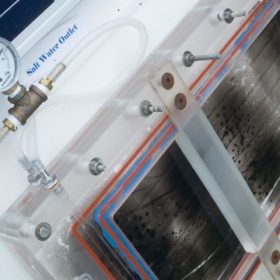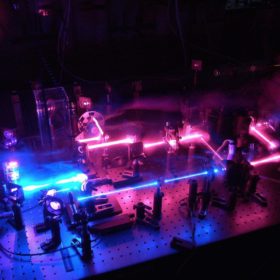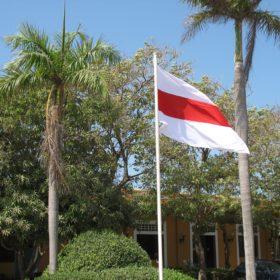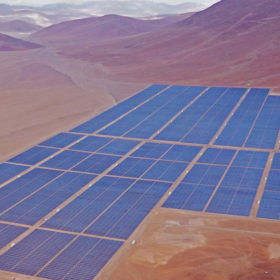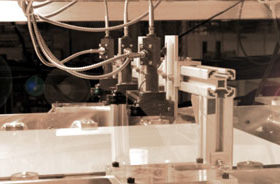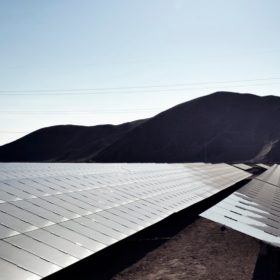U.S. researchers develop new method for solar desalination
A team of researchers from Rice University in Houston, Texas has developed a new method for using solar power to desalinate sea water. Part of a federally funded research effort into water treatment , the team has developed a system utilizing a combination of membrane distillation and nanophotonics to turn salt water into fresh drinking water.
Australian universities create Centre of Excellence in Exciton Science
Several of Australia’s top universities are working together on gaining a better understanding of excitons. The Centre of Excellence in Exciton Science is a partnership led by the University of Melbourne alongside other top Australian universities and organizations, and consists of a team with a broad range of expertise in physics, chemistry, mathematics, engineering and other disciplines.
Colombia plans initiative for solar to benefit milk producers
The government of Atlántico Department, on Colombia’s Caribbean Coastline, has announced plans for an initiative to support the region’s dairy producers, by financing PV systems to power milk cooling tanks.
UK University develops algorithm for fault detection
Researchers at the University of Huddersfield have developed an energy sharing platform to allow communities to share energy generated from small-scale PV. The platform also includes new systems that could allow for faster fault detection and better monitoring.
BNEF report outlines big expectations for key Latin America markets
In its New Energy Outlook 2017 report (NEO), published earlier this week, Bloomberg New Energy Finance (BNEF) outlines its expectations for energy in the Americas between now and 2040. The report predicts big for the key regional markets Brazil, Chile and Mexico.
BNEF: Coal to fade as cost of renewables falls even faster
The latest long-term forecast from analysts Bloomberg New Energy Finance (BNEF) predicts solar energy costs to drop a further 66% by 2040, and onshore wind by 47%. Given these predictions, BNEF expect that renewables will undercut the majority of fossil based generation by 2030, even in India and China.
Indian government approves IPO for renewable energy agency
The initial public offering proposed by the Indian Renewable Energy Development Agency (IREDA) has been given approval by the Cabinet Committee on Economic Affairs (CCEA), chaired by Prime Minister Shri Narendra Modi.
Laytec to supply inspection equipment to CNBM PV fab
German equipment manufacturers Laytec has been chosen by CTF solar to supply its in-line process inspection equipment to a new 80 MW CdS/CdTe thin film cell production line being developed in China.
Ames Laboratory researchers can ‘see’ light hitting a solar cell
As part of its research into organometal halide perovskites, the U.S Department of Energy’s Ames Laboratory has developed a spectroscopic technique which it says can ‘capture the moment, less than one trillionth of a second, where a particle of light hits a solar cell and becomes energy.’
Enel connects 158 MW of PV in Brazil
Through its Brazilian subsidiary Enel Green Power Brasil Participações, Italian developer Enel has completed two projects in Brazil’s north-eastern state of Bahia, with a total capacity of 158 MW.

